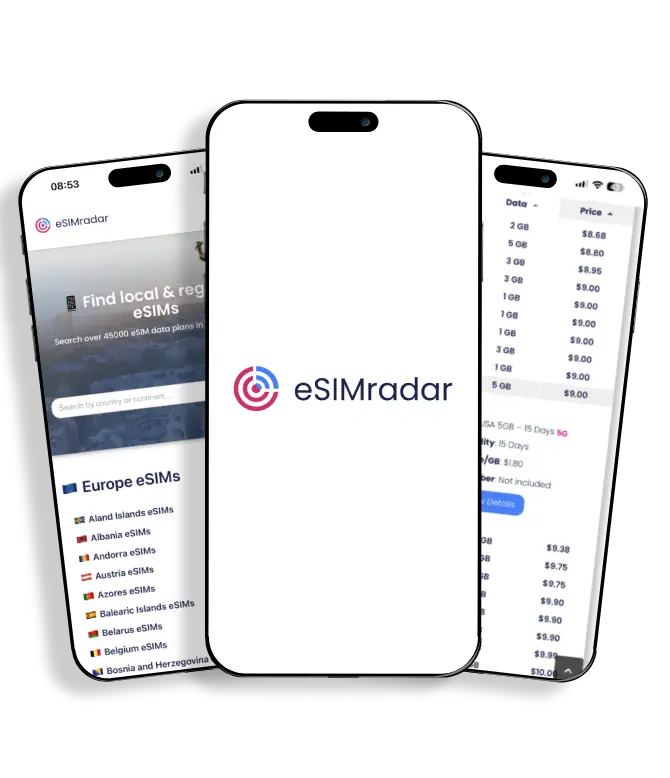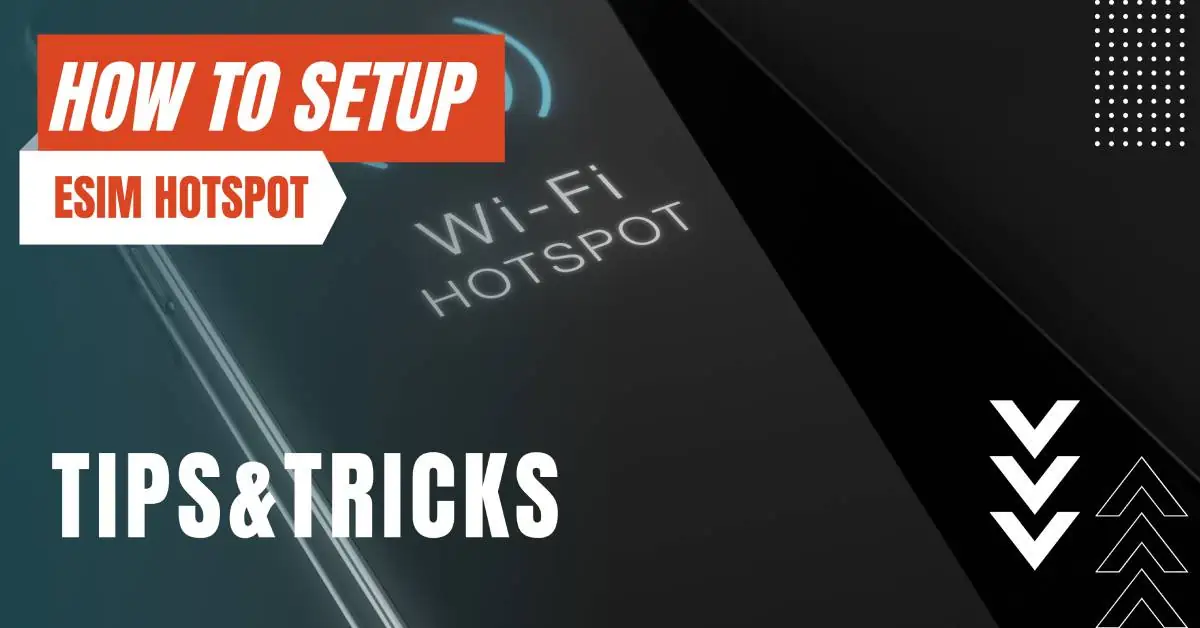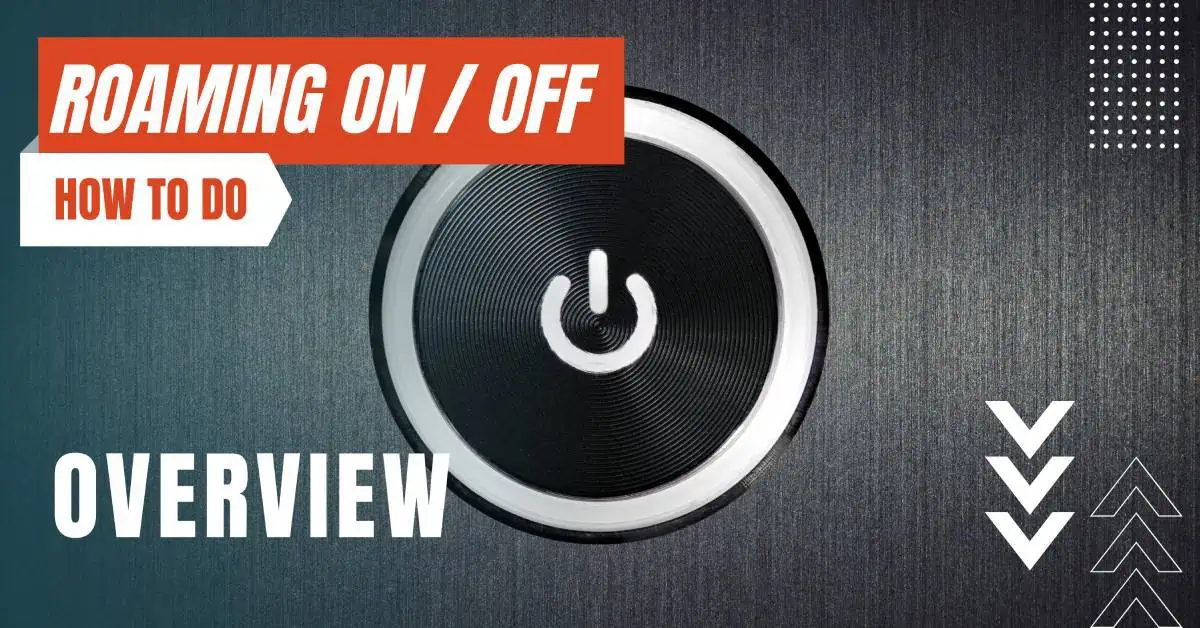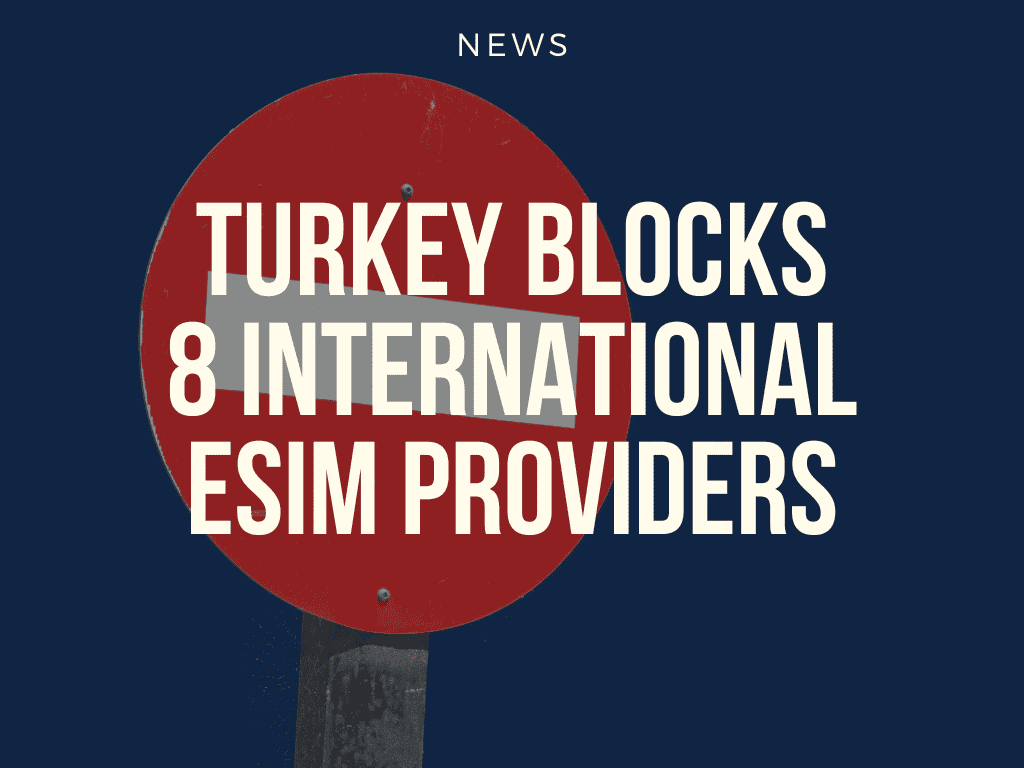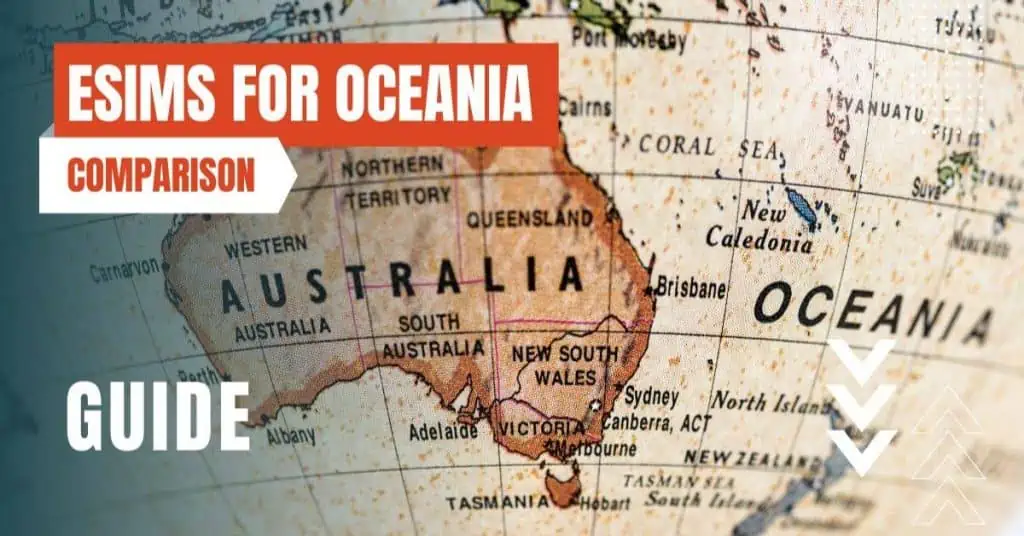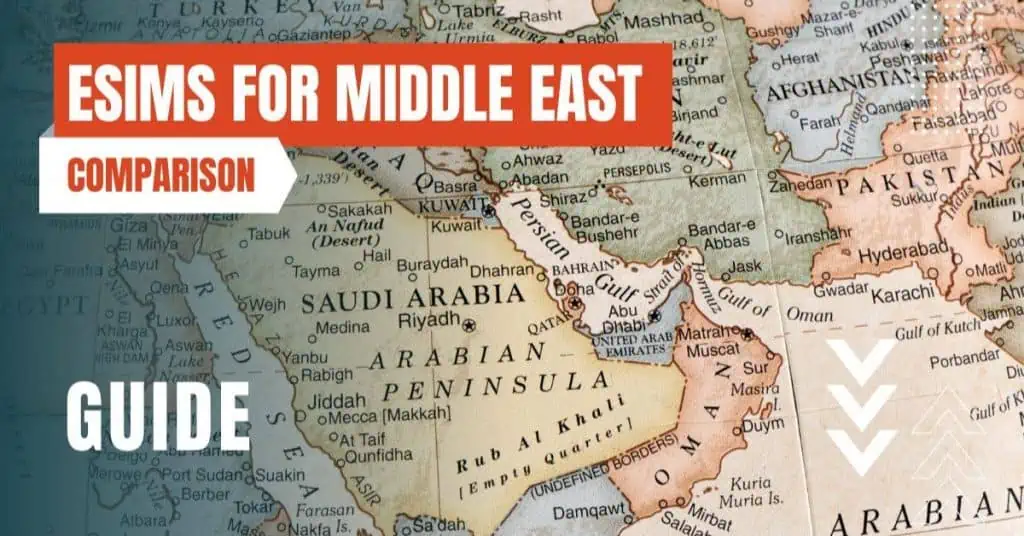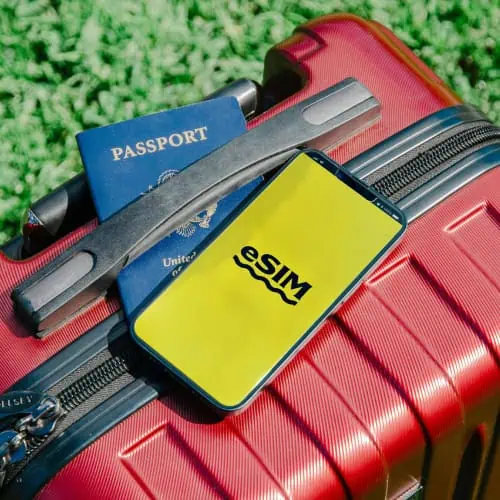All of the products and services we feature are chosen independently. If you click through links we provide, we may earn a commission. Learn more
Written by: Emily Chen
Pocket vs WiFi
- Updated: September 30, 2023 | Published:
In today’s digital age, the importance of staying connected while on the move cannot be overstated. Whether it’s for navigating through the labyrinthine streets of a foreign city, maintaining contact with family and friends back home, or ensuring you’re on top of your work commitments, reliable internet access has become an essential travel companion.
Among the plethora of options available to the modern traveler, pocket WiFi and eSIM stand out as popular choices.
But what exactly are these technologies, and how do they compare in terms of performance, cost, and convenience? This article aims to answer these questions and more.
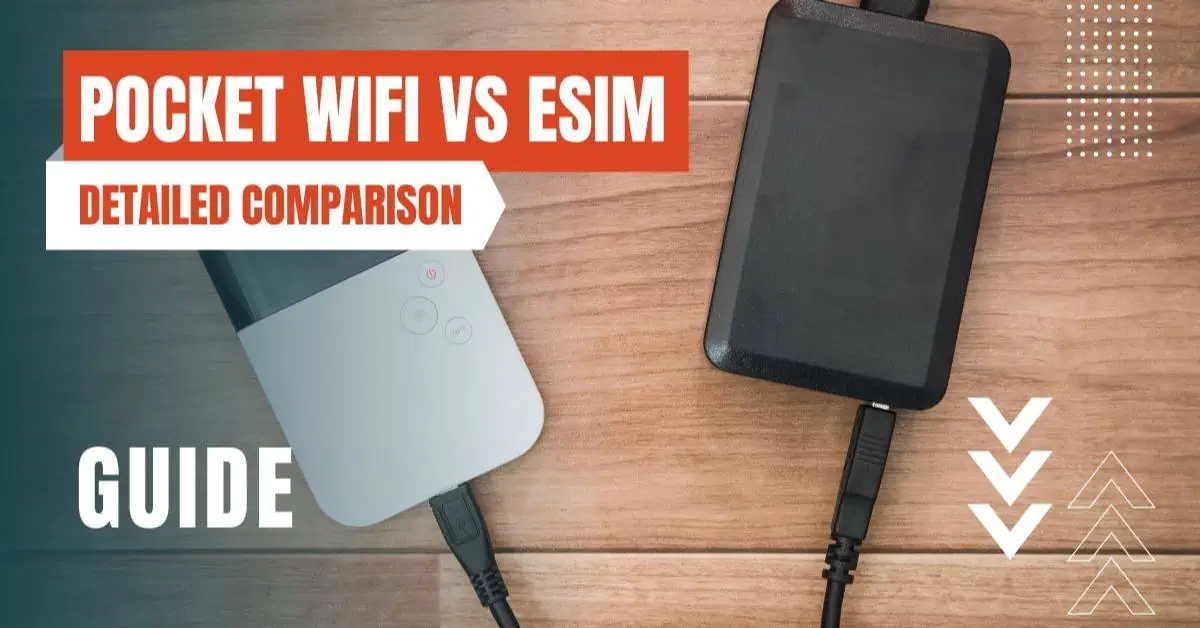
Understanding Pocket WiFi
What is Pocket WiFi?
Pocket WiFi, also known as a portable WiFi hotspot, is a compact, battery-powered device that connects to cellular networks and broadcasts a WiFi signal. This allows you to connect multiple devices, such as smartphones, tablets, and laptops, to the internet wherever there’s cellular coverage.
The advantages of pocket WiFi are manifold. It provides a secure, private connection, shielding you from the potential risks associated with unsecured public WiFi networks. It’s also typically user-friendly, requiring little more than a power source and cellular coverage to provide internet access. However, it’s not without its limitations.
Pocket WiFi devices can be somewhat cumbersome to carry around, especially for travelers who prefer to pack light. They also require regular charging, and the quality of the connection can fluctuate based on the strength and reliability of the local cellular network.
How to Use Pocket WiFi
Operating a pocket WiFi device is generally a straightforward process. After purchasing or renting the device, you simply power it on and connect your devices to the WiFi network it creates. Some pocket WiFi devices come with a pre-installed SIM card, while others require you to purchase one separately.
Once the device is up and running, it can typically support 5-10 devices, although this can vary depending on the specific model.
Understanding eSIM
What is eSIM?
eSIM, or embedded SIM, is a game-changing technology that allows you to activate a cellular plan without the need for a physical SIM card. It’s essentially a small chip embedded into your phone that can be programmed and reprogrammed with different network profiles.
The benefits of eSIM are clear. It eliminates the need to swap out physical SIM cards when changing carriers or plans, making it an ideal option for frequent travelers or those who juggle between different numbers. It also supports multiple profiles, allowing you to switch between personal and business numbers with ease.
However, its adoption is still in the early stages, and not all devices support eSIM. Furthermore, not all carriers offer eSIM plans, which can limit its applicability.
How to Use eSIM
To use eSIM, you’ll need a compatible device and a cellular plan that supports eSIM. Once you’ve purchased a plan, you’ll typically scan a QR code or enter details manually to activate the eSIM profile on your device.
Major smartphone manufacturers like Apple, Google, and Samsung have released devices that support eSIM, and more are expected to follow suit.
Pocket WiFi vs eSIM: A Comparative Analysis
Connectivity and Coverage
Both pocket WiFi and eSIM rely on local cellular networks for connectivity, so their coverage is largely similar. However, pocket WiFi devices may support fewer bands or frequencies, which could limit their coverage in some areas.
eSIM is supported by over 200 carriers in almost every country worldwide, while pocket WiFi coverage can vary significantly depending on the provider and the device.
Cost
The cost of using pocket WiFi or eSIM can vary greatly depending on the provider and plan. Generally, pocket WiFi devices require an upfront cost for the device itself, plus the cost of data plans.
eSIM plans, on the other hand, may come with activation fees, but don’t require any physical hardware.
Pocket WiFi rental costs can range from $5 to $15 per day, while eSIM plans can range from $10 to $50 per month, depending on the data allowance and coverage.
Convenience
In terms of convenience, eSIM has the edge. It’s built into your device, so there’s no extra gadget to carry or charge. However, pocket WiFi allows for multiple devices to connect, which can be handy for groups or if you’re using multiple devices.
It’s worth noting that the number of devices that support eSIM is growing, but it’s still not as widespread as devices that can connect to WiFi.
Compatibility
eSIM requires a compatible device and carrier, which can limit its use, especially in countries or regions where eSIM is not widely supported.
Pocket WiFi, on the other hand, works with any device that has WiFi, making it a more universally compatible option.
Major carriers in countries like the USA, UK, Canada, and Australia support eSIM, while pocket WiFi compatibility is virtually universal.
Choosing between pocket WiFi and eSIM is a decision that hinges on your specific needs and circumstances.
Pocket WiFi offers flexibility and universal compatibility, making it a reliable choice for many travelers. On the other hand, eSIM offers a high level of convenience and is an excellent option for solo travelers with compatible devices.
By understanding the features and limitations of each, you can make an informed decision that best suits your travel needs. As technology continues to evolve, both options are likely to improve in terms of coverage, cost, and convenience, making the future of travel connectivity an exciting space to watch.
By entering your email & signing up, you agree to receive promotional emails on eSIMs and insider tips. You can unsubscribe or withdraw your consent at any time.

About The Author
Spread the Word, Share the Joy
Compare eSIMs
Why keep the secret to yourself? Spread the joy of eSIMradar and let everyone in on the eSIM experience!

Easy eSIM Comparison for Your Needs
Simplifying your search! Easily compare eSIM plans tailored to your specific needs

Coverage in 210+ Countries
Benefit from our extensive eSIM comparison with 30+ providers in over 210 destinations.

Save money without second-guessing
Our platform helps you maximize value, ensuring competitive prices.

Enjoy Hassle-Free Travel Abroad
Whether you’re on holiday or a business trip abroad, stay connected with ease and focus on enjoying your experiences,
Find Your Perfect eSIM & Exclusive Deals!
Find your ideal eSIM effortlessly and stay connected in style wherever your adventures take you! Get exclusive deals and discounts at your fingertips, ensuring you get connected for less on your travels!
